Unlock the world of masterpieces with “From Mona Lisa to The Starry Night: An Art Lover’s Guide to the Most Iconic Oil Paintings.” Immerse yourself in the captivating beauty and profound symbolism of some of history’s most renowned oil paintings. From the enigmatic smile of Mona Lisa to the mesmerizing swirls of Van Gogh’s Starry Night, this article is a curated journey that will deepen your appreciation for art.
Discover the stories behind each stroke of the brush as we explore the mysterious allure of Leonardo da Vinci’s Mona Lisa, Claude Monet’s dreamy Water Lilies, and the enchanting landscapes of Thomas Cole. Trace the evolution of art through time, from the breathtaking realism of Caravaggio’s The Calling of Saint Matthew to the daring brushwork of Picasso’s Les Demoiselles d’Avignon.
Captivating and informative, this guide is designed to engage both art enthusiasts and newcomers alike. Enhance your cultural knowledge, impress your friends at cocktail parties, or simply revel in the beauty of these timeless works. Join us on this artistic journey as we unravel the secrets and delve into the emotions captured in these iconic oil paintings.
The history of oil painting
Oil painting has a rich and storied history that dates back centuries. The art form emerged in Europe during the 15th century and quickly gained popularity due to its versatility and vibrant colors. Unlike earlier painting techniques, which used tempera or fresco, oil painting allowed artists to achieve a greater level of detail and depth.
In the early days of oil painting, artists primarily used linseed oil as a medium, mixing it with pigments to create their desired shades. This allowed for smoother brushstrokes and longer drying times, giving artists more flexibility in their creative process. As the technique evolved, artists started experimenting with different oils and additives, leading to further advancements in the medium.
The Renaissance period saw a surge in oil painting, with artists like Leonardo da Vinci and Michelangelo pushing the boundaries of what was possible. Their mastery of light and shadow, combined with the rich colors achievable through oil paints, resulted in some of the most iconic paintings in history. From here, oil painting continued to flourish, becoming the preferred medium for countless artists throughout the centuries.
Famous oil paintings throughout history – The Most Iconic Oil Paintings
Throughout history, certain oil paintings have captured the hearts and imaginations of art lovers around the world. These masterpieces have stood the test of time and continue to inspire and evoke emotions in those who behold them.
### Mona Lisa by Leonardo da Vinci
Leonardo da Vinci’s Mona Lisa is perhaps the most famous painting in the world. Its enigmatic smile and penetrating gaze have captivated audiences for centuries. Painted in the early 16th century, this portrait showcases Leonardo’s exceptional skill in capturing the subtleties of human expression. The Mona Lisa’s timeless allure lies not only in its technical brilliance but also in the air of mystery surrounding the identity of the subject. Who was she? What was her relationship to the artist? These questions continue to fascinate art historians and enthusiasts alike.
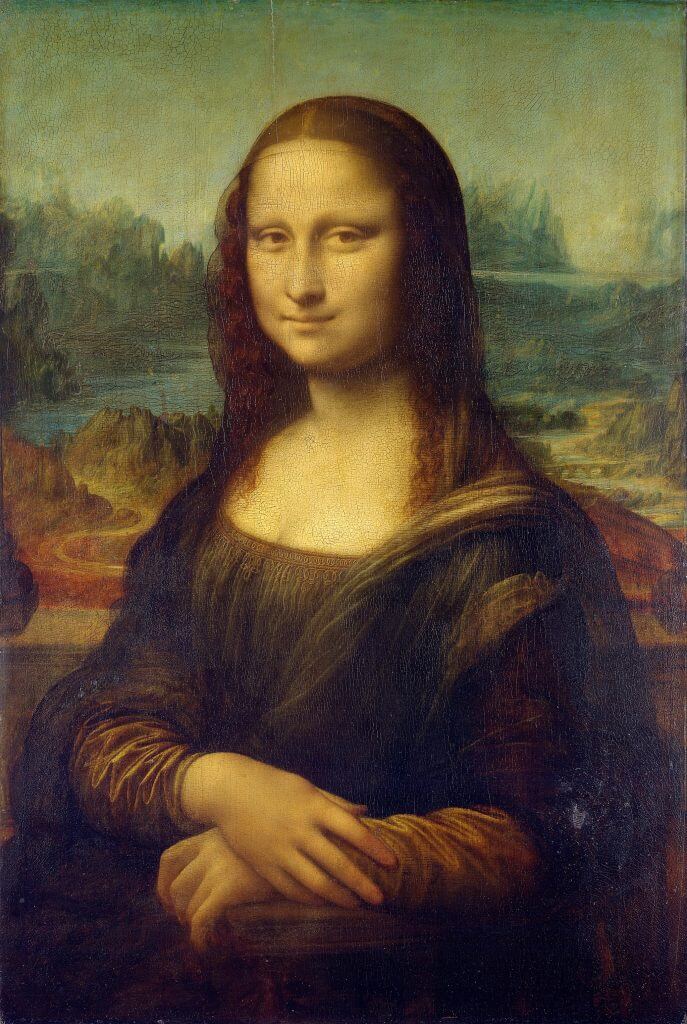
### The Starry Night by Vincent van Gogh
Vincent van Gogh’s The Starry Night is a mesmerizing depiction of the night sky over a small village. Painted in 1889 during a period of intense emotional turmoil, this masterpiece showcases Van Gogh’s unique style and his ability to convey emotions through vivid brushwork. The swirling patterns and bold colors in The Starry Night evoke a sense of movement and turbulence, reflecting the artist’s inner struggles. Despite Van Gogh’s tragic life, this painting stands as a testament to his genius and has become an iconic symbol of his artistic vision.
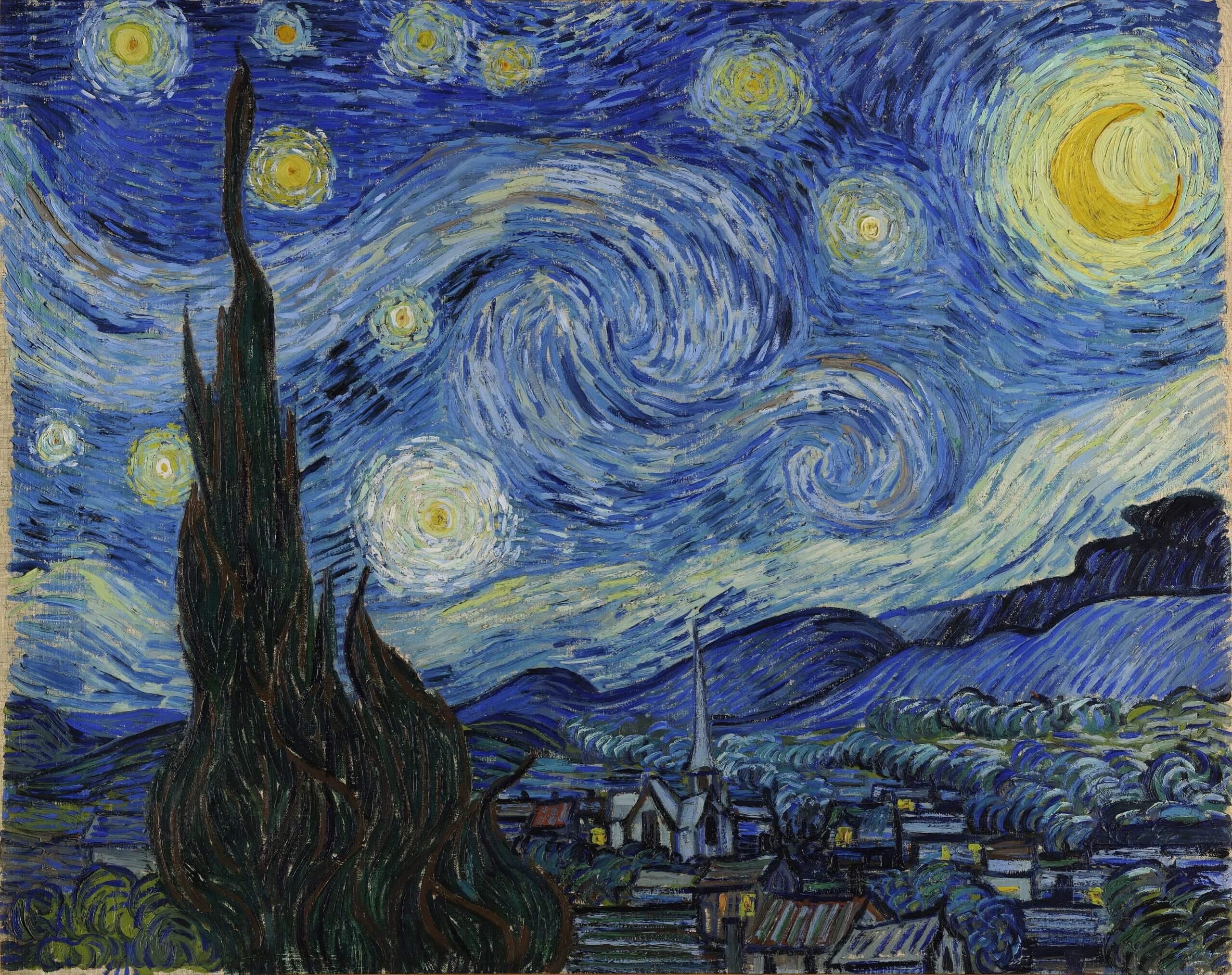
### The Last Supper by Leonardo da Vinci
Leonardo da Vinci’s The Last Supper is a monumental and iconic depiction of the biblical event. Painted in the late 15th century, this mural captures the intense emotions and dramatic tension among the disciples after Jesus reveals that one of them will betray him. Leonardo’s meticulous attention to detail and his use of perspective create a sense of depth and realism, drawing the viewer into the scene. The Last Supper is not only a religious masterpiece but also a testament to Leonardo’s mastery of composition and storytelling.
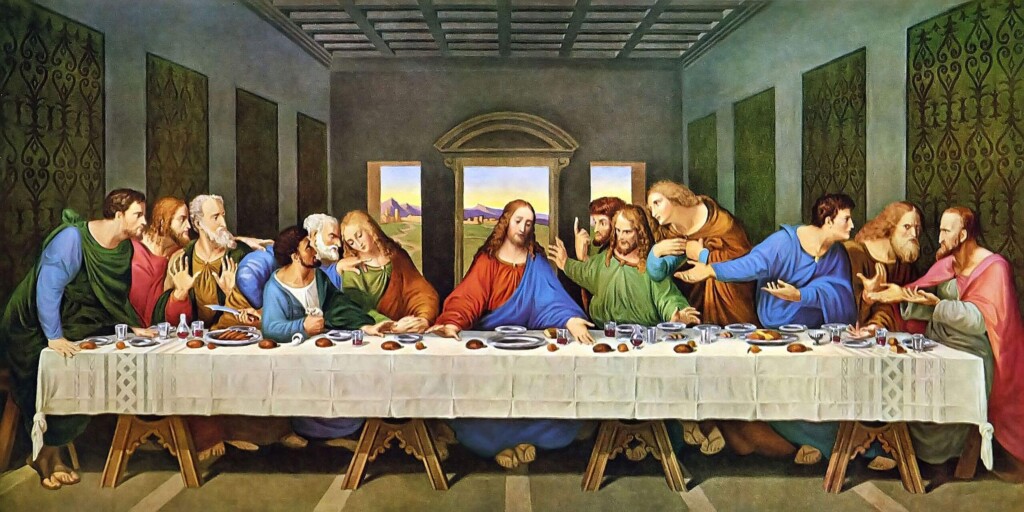
### Girl with a Pearl Earring by Johannes Vermeer
Johannes Vermeer’s Girl with a Pearl Earring is a hauntingly beautiful portrait that has captivated art enthusiasts for centuries. Painted in the 17th century, this painting showcases Vermeer’s mastery of light and his ability to capture the subtle nuances of human expression. The girl’s enigmatic gaze and the luminous pearl earring create an air of mystery and intrigue. Girl with a Pearl Earring is a testament to Vermeer’s technical skill and his ability to infuse his subjects with a sense of quiet introspection.

### The Scream by Edvard Munch
Edvard Munch’s The Scream is an iconic representation of existential angst and inner turmoil. Painted in the late 19th century, this work of art depicts a figure gripped by overwhelming despair, its mouth open in a silent scream. The bold, swirling brushstrokes and the vibrant colors contribute to the sense of chaos and emotional intensity. The Scream is a powerful expression of Munch’s own psychological struggles and has become a universal symbol of human anxiety and vulnerability.
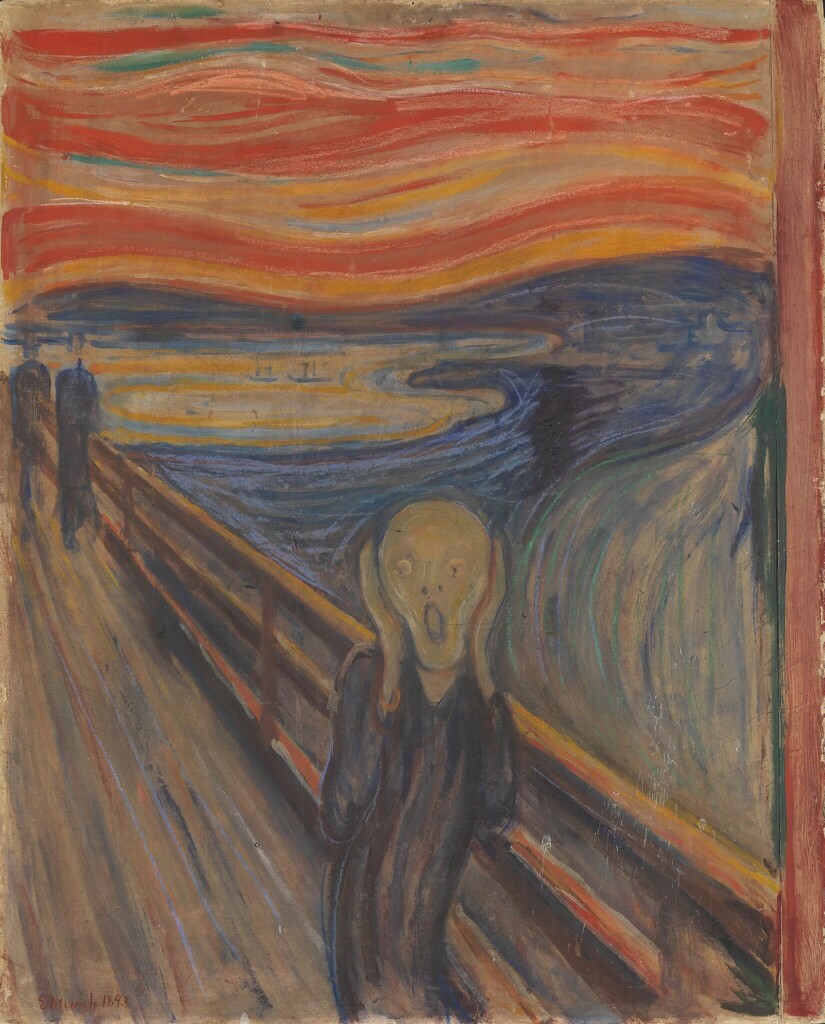
### The Birth of Venus by Sandro Botticelli
Sandro Botticelli’s The Birth of Venus is a timeless masterpiece that portrays the goddess of love emerging from the sea. Painted in the 15th century, this painting showcases Botticelli’s mastery of graceful lines and delicate colors. The ethereal beauty of Venus and the surrounding figures creates a sense of serenity and harmony. The Birth of Venus is a celebration of love and beauty, and its enduring popularity is a testament to the universal appeal of these themes.
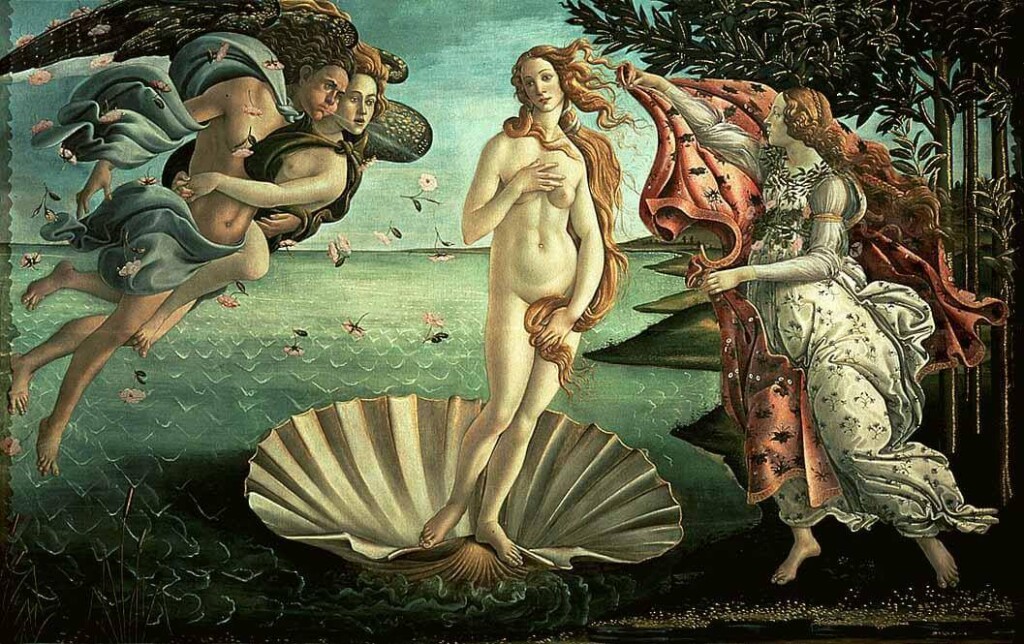
Analysis of Mona Lisa by Leonardo da Vinci
Oil paintings have the power to transport us to different worlds, evoke emotions, and provoke thought. The mastery of technique, the depth of symbolism, and the ability to capture fleeting moments are some of the reasons why oil paintings continue to captivate art lovers. From the enigmatic smile of Mona Lisa to the swirling brushstrokes of Van Gogh’s Starry Night, each stroke of the brush tells a story, invites interpretation, and sparks the imagination. Whether you’re an art enthusiast or a newcomer to the art world, exploring the most iconic oil paintings is a journey that will deepen your appreciation for the beauty and power of visual expression.
So, join us on this artistic journey as we unravel the secrets and delve into the emotions captured in these iconic oil paintings. Let these masterpieces inspire you, challenge your perceptions, and ignite your own creative spark. From Mona Lisa to The Starry Night, the world of oil paintings awaits, ready to enchant and captivate you like never before.
Remember, art is a universal language that transcends time and space. It has the power to connect us, to make us feel, and to open our minds to new possibilities. So, let us embrace the magic of oil paintings and embark on this unforgettable journey together.
Happy exploring, fellow art lovers!br/>
Interpretation of The Starry Night by Vincent van Gogh
Leonardo da Vinci’s Mona Lisa is perhaps the most famous painting in the world, captivating audiences with its enigmatic smile and captivating gaze. The Mona Lisa, also known as La Gioconda, is a masterpiece of Renaissance art that continues to mystify and intrigue art lovers to this day. Painted between 1503 and 1506, this oil painting on a poplar panel showcases Leonardo’s mastery of technique and his ability to convey emotion.
The composition of the painting is meticulous, with Leonardo employing the technique of sfumato to create soft transitions between colors and tones. This technique, combined with the use of chiaroscuro, adds depth and realism to the portrait. The Mona Lisa’s serene expression and subtle smile have sparked countless debates and interpretations over the years. Some speculate that the smile represents a hidden message or that it captures the essence of human emotion. Whatever the true meaning may be, there is no doubt that the Mona Lisa continues to captivate viewers with its timeless beauty and enigmatic presence.
The symbolism in The Last Supper by Leonardo da Vinci
Vincent van Gogh’s The Starry Night is a mesmerizing depiction of the night sky that has become one of the most recognizable and celebrated works of art. Painted in 1889 during van Gogh’s stay at the Saint-Paul-de-Mausole asylum in Saint-Rémy-de-Provence, France, this oil painting reflects the artist’s inner turmoil and his unique perspective on the world.
The Starry Night features swirling brushstrokes and vibrant colors that create a sense of movement and energy. Van Gogh’s use of thick impasto adds texture and depth to the painting, allowing the viewer to feel as though they are immersed in the nocturnal scene. The cypress tree in the foreground and the village in the background add a sense of stability and structure to the composition, contrasting with the swirling sky above.
Despite van Gogh’s personal struggles, The Starry Night is a testament to his ability to find beauty in the darkest of moments. The painting evokes a sense of awe and wonder, reminding us of the vastness and mystery of the universe. It is a powerful reminder of the transformative power of art and its ability to touch the depths of the human soul.
The technique behind Girl with a Pearl Earring by Johannes Vermeer
Leonardo da Vinci’s The Last Supper is a monumental mural painting that depicts the final meal Jesus shared with his disciples before his crucifixion. Painted between 1495 and 1498, this oil and tempera masterpiece is located in the Convent of Santa Maria delle Grazie in Milan, Italy. The Last Supper is not only a religious icon but also a testament to Leonardo’s innovative approach to composition and storytelling.
The painting captures the moment when Jesus announces that one of his disciples will betray him. Leonardo’s meticulous attention to detail is evident in the expressions and gestures of each figure, conveying a range of emotions from shock to disbelief. The positioning of the figures creates a sense of movement and drama, drawing the viewer into the scene.
Symbolism is prevalent throughout The Last Supper, with elements such as the bread and wine representing the body and blood of Christ. The use of light and shadow adds depth and dimension to the painting, emphasizing the central figure of Jesus. It is a poignant reminder of the sacrifice and redemption at the heart of Christian faith.
The emotions portrayed in The Scream by Edvard Munch
Johannes Vermeer’s Girl with a Pearl Earring is a captivating portrait that showcases the artist’s mastery of light and color. Painted around 1665, this oil painting on canvas depicts a young woman wearing a turban and a large pearl earring. The simplicity and beauty of the composition have made it one of Vermeer’s most beloved works.
Vermeer’s use of light is particularly notable in Girl with a Pearl Earring. The soft, diffused light illuminates the subject’s face and creates a sense of intimacy. The earring itself is rendered with remarkable detail, reflecting the skill and precision of the artist. The girl’s direct gaze adds a sense of mystery and intrigue, inviting the viewer to ponder her thoughts and emotions.
Vermeer’s technique involves building up layers of translucent glazes to achieve a luminous effect. This meticulous approach to painting allows for subtle variations in color and tone, creating a sense of depth and realism. Girl with a Pearl Earring is a testament to Vermeer’s ability to capture the beauty and complexity of everyday life.
The beauty of The Birth of Venus by Sandro Botticelli
Edvard Munch’s The Scream is an iconic painting that evokes a sense of existential angst and despair. Painted in 1893, this oil, tempera, and pastel on cardboard masterpiece is one of the most recognizable images in art history. The Scream captures a figure standing on a bridge, their face contorted in a scream of anguish.
The swirling brushstrokes and vibrant colors in The Scream create a sense of chaos and unease. The figure’s hollowed eyes and open mouth convey a profound sense of terror and despair. The landscape in the background adds to the feeling of isolation and alienation, as if the figure is screaming into an empty void.
Munch’s own struggles with mental health and his exploration of existential themes are evident in The Scream. The painting has become a symbol of the universal human experience of anxiety and existential dread. It serves as a reminder that art has the power to express the deepest emotions and touch the collective consciousness of humanity.
Conclusion: Why The Most Iconic Oil Paintings continue to captivate art lovers
Sandro Botticelli’s The Birth of Venus is a timeless masterpiece that celebrates the beauty and grace of the female form. Painted in the mid-1480s, this tempera on canvas artwork depicts the goddess Venus emerging from the sea, standing on a seashell. The Birth of Venus is a celebration of love, beauty, and the power of art to elevate the human spirit.
Botticelli’s use of color and composition in The Birth of Venus is nothing short of breathtaking. The soft pastel tones and delicate brushwork create a sense of ethereal beauty. The figure of Venus herself is rendered with grace and elegance, her flowing hair and gentle pose capturing the essence of femininity.
The Birth of Venus is not just a portrayal of a mythological figure; it is a celebration of the human form and the beauty that exists in the world. It serves as a reminder of the transformative power of art and its ability to transport us to a realm of pure beauty and aesthetic pleasure.
Visit our “The Last Supper” page in our webshop here https://premium-art.shop/products/the-last-supper/
Visit our Premium Art Shop Facebook page https://www.facebook.com/premiumartshopuk

